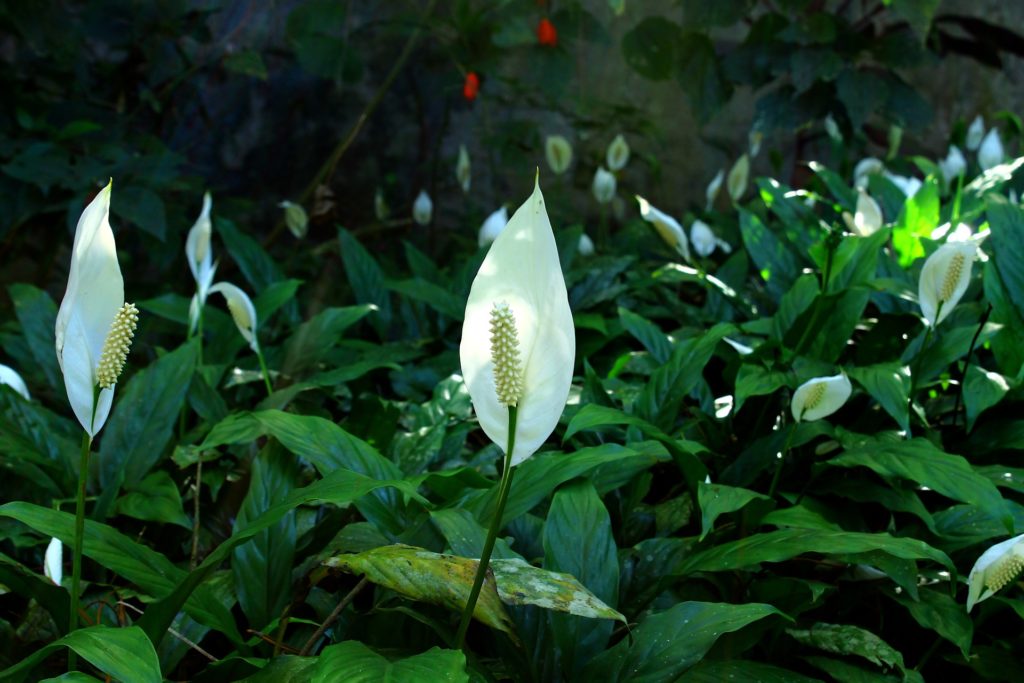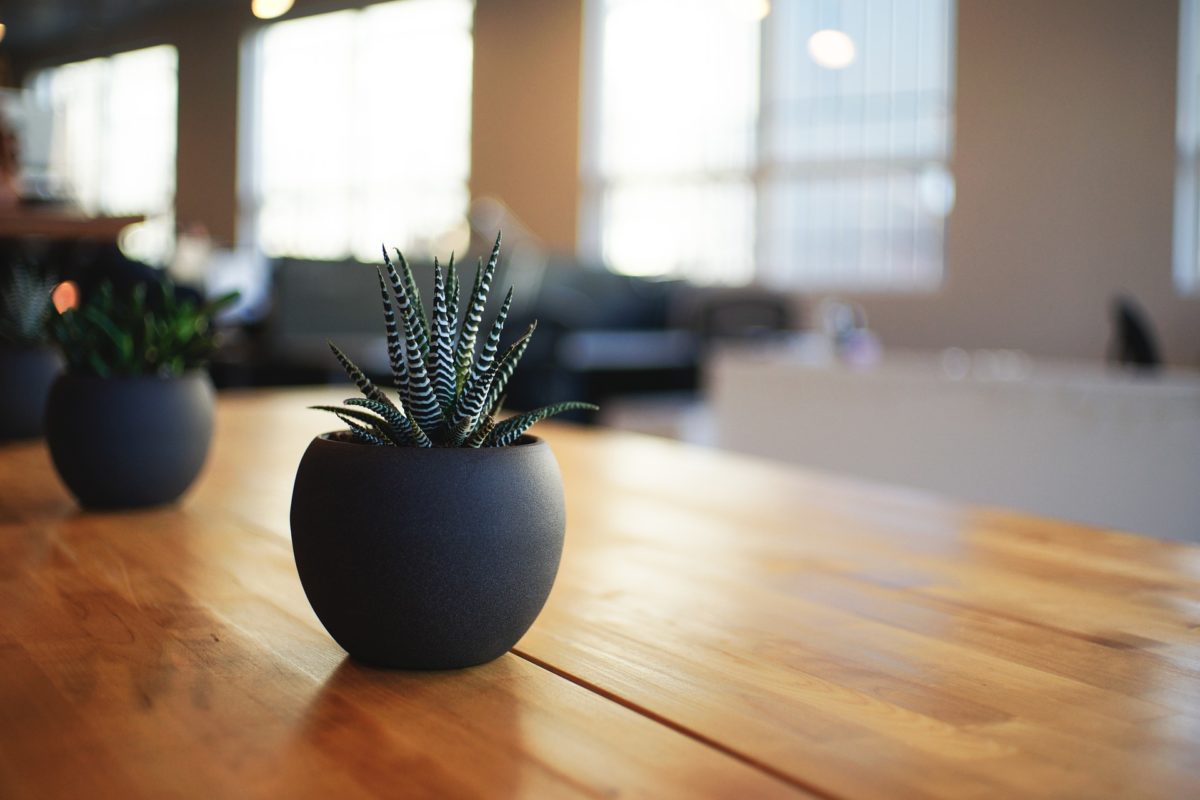One of the best ways to purify the air inside your home is to add houseplants. Outdoor air is filtered through the trees and plants, but your home lacks trees, hopefully. So, to help create cleaner air in your home, try adding one of these best houseplants to de-stress your house and purify the air.
The 8 Best Houseplants
1. Bamboo Palms

Source: https://pixabay.com/photos/beach-hut-palm-trees-beach-asia-93414/
Bamboo palms are one of the best plants to help remove chemical contaminants from the air like formaldehyde and benzene. NASA put bamboo palms as one of the top clean-air plants with a score of 8.4.
It’s also a great choice to help add moisture to the air, which is why so many people love them during the winter months. Winter tends to make the air drier than usual.
These plants have a tropical appearance, but they’re tan instead of the usual green appearance. The leaves are tall and skinny leaves.
2. Rubber Plant
If you find that you have formaldehyde in your indoor air, rubber plants help to remove it from the air. It’s quite easy to grow, so it’s perfect for those who have black thumbs. People love the large, rubbery leaves and tropical appearance.
Make sure you have space to grow a rubber plant. It’s 8 feet tall, but that makes it a great choice for new gardeners. They can handle less than ideal conditions, so if you typically kill every plant you touch, give this one a try. Rubber plants thrive in dim lighting and cooler temperatures.
3. English Ivy
Chances are you’ve seen English Ivy grow up over atriums and lobbies, but it’s a great pick for topiaries as well. English ivy is capable of removing formaldehyde from the air. In fact, NASA found English ivy to be one of the most effective air-filtering plants, so it’s a wise choice.
English ivy does adapt to most environments, but it prefers to have ample light available. Also, it doesn’t love high temperatures. It’s adaptable though and loves to climb and spread over whatever it can find. Make sure you don’t put it near something you don’t want it to grow up.
One of the best solutions is to hang a pot of English ivy near a window. It will drape down and grow downwards, looking quite lovely.
4. Pilea
These plants are sun-loving plants are great for those areas in your home that get a lot of sunlight. Pilea plants aren’t huge, so they can easily sit on tabletops or bookshelves, so long as there is sunlight.
You’ll want to make sure that you rotate the plants often because they’ll bend towards the light source. Also, Pilea grows fast, so they’ll need to be repotted often for a while if you get it as a small plant.
5. Boston Fern
Ferns are one of the most popular choices for houseplants because they look so nice! Boston ferns are known for removing indoor air pollutants and adding humidity to the indoor air. So, they’re great for areas with dry air.
Before you pick a Boston fern, make sure you realize that this plant is known for its finicky choices and needs. It does require attention or it won’t live or grow to its maximum potential. You need to water and most often to avoid the leaves turning brown and falling off.
6. Peace Lily

Source: https://pixabay.com/photos/peace-lily-flower-flowers-garden-830968/
Most houseplants don’t have blossoms because they aren’t able to bloom indoors. Peace lilies are an exception to that. These lovely flowers have a seashell-shaped that makes you think of summertime even when the weather is gloomy outside.
These plants do prefer low-light conditions, so you don’t want to put them next to your brightest window in the house. Instead, it works great on a nightstand in your bedroom or at your office desk! Peace lily plants have a high transpiration rate that helps to add humidity to the air.
A word of caution – the peace lily leaves are toxic to pets and children.
7. Golden Pothos
Have a black thumb? You aren’t alone. Golden pothos is a tough plant to kill, so it’s a good choice for an indoor houseplant newbie. It handles neglect and overwatering, even underwatering!
Sometimes, golden pothos is mistakenly sold as philodendrons, which is related and just as sturdy as golden pothos. Just make sure to double check with the garden nursery before purchase.
One way to put golden pothos in your home is as a hanging plant. The leaves will flow downwards, sort of like ivy, creating cascading vines. It adds a lovely touch to any window!
8. Aloe Vera
Everyone loves to keep an aloe vera plant in their home! The gel has several healing properties, and it’s perfect for any burns that you might have. Aloe vera is also known for its ability to detox the body.
Aside from the healing properties, aloe vera is known to maintain air quality in the home. It helps clear out pollutants that are found in common cleaning products. Your home will stay fresh and beautiful, but make sure you put it in an area with a lot of sunlight. Aloe vera is a desert-type plant, so it doesn’t like shade.
Grab one or several of these houseplants, and you’ll home will be on its way to cleaner air and less stress. Houseplants are a simple addition that makes a big difference.















